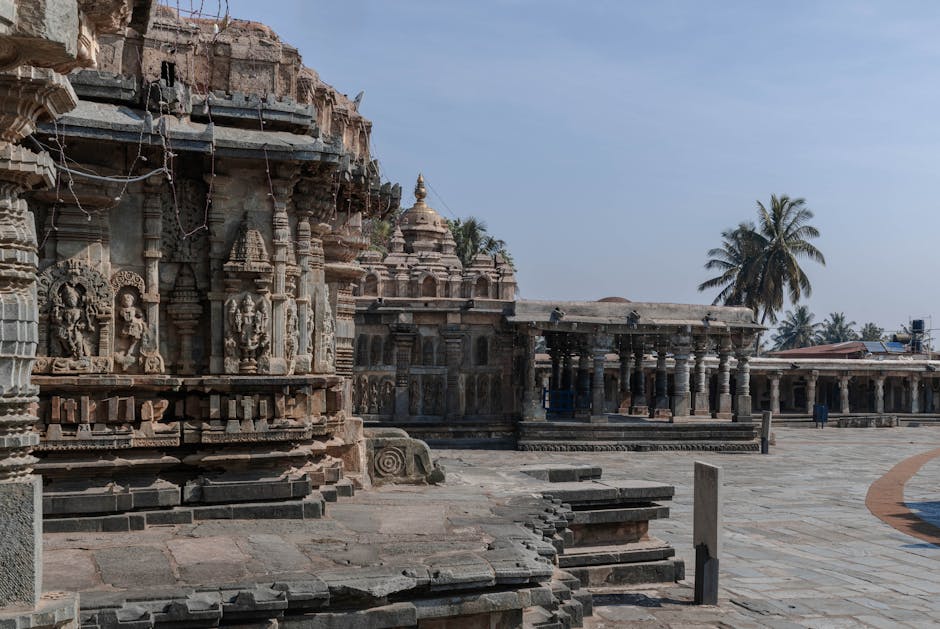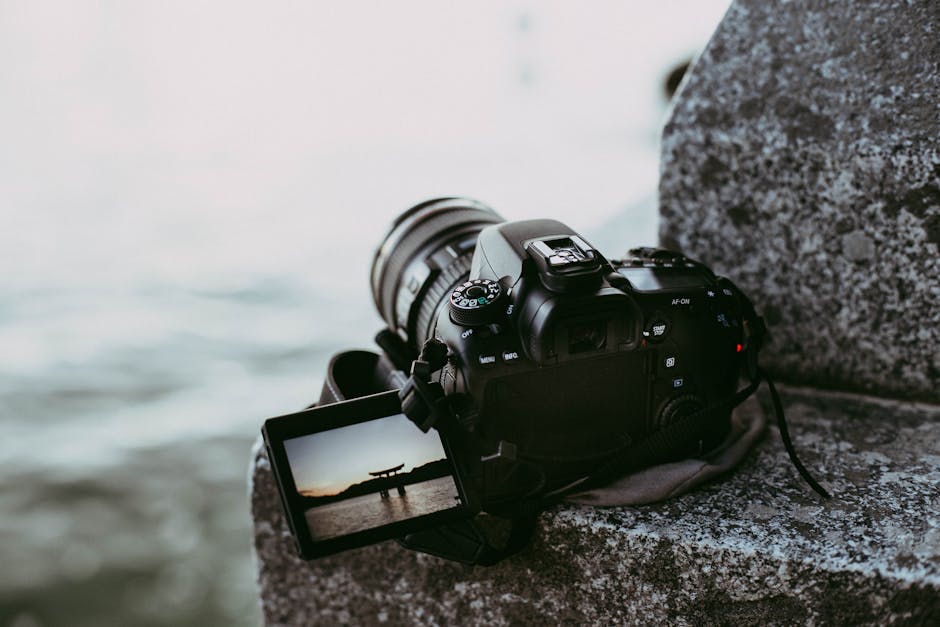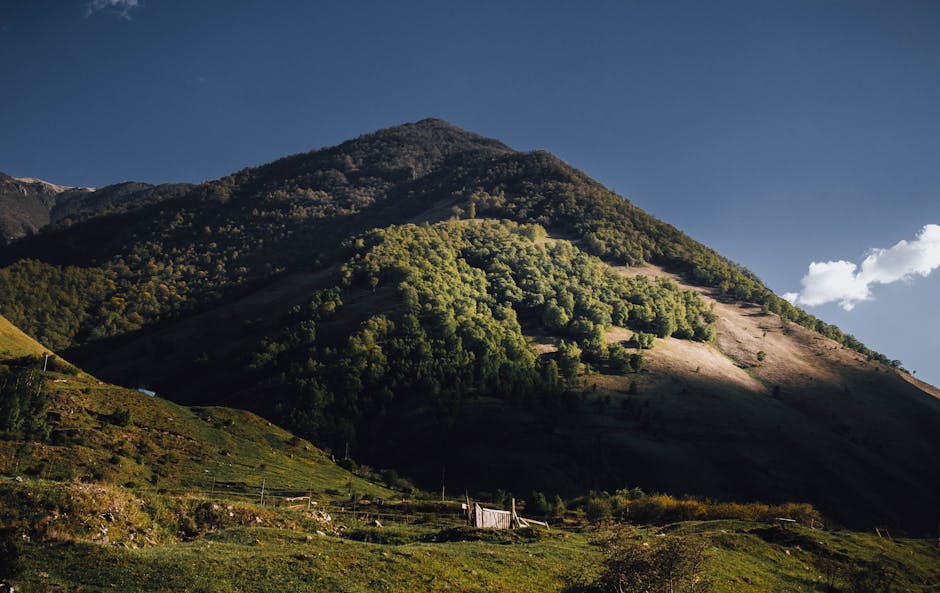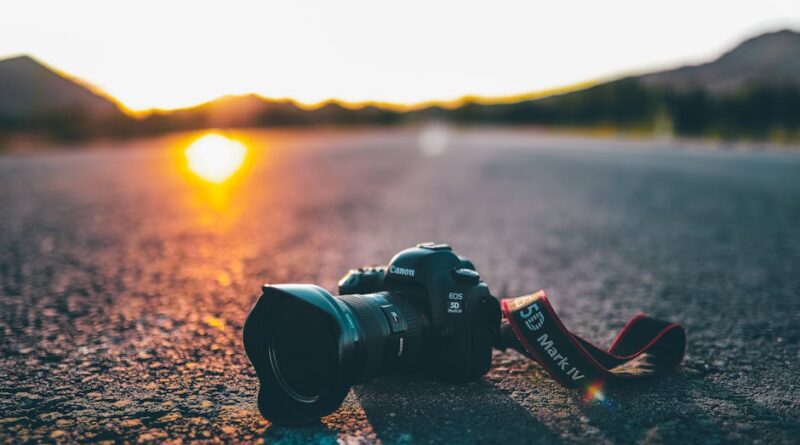Travel Photography Tips for Beginners
Traveling to new destinations allows us to explore different cultures, landscapes, and experiences. For many of us, capturing these moments through photography is a way to preserve memories and share our adventures with others. However, for beginners, travel photography can be a daunting task. From choosing the right gear to understanding lighting and composition, there are many aspects to consider.
In this comprehensive guide, we will delve into the world of travel photography and provide valuable tips for beginners looking to improve their skills. Whether you’re using a smartphone or a professional camera, these tips will help you capture stunning images that truly encapsulate the essence of your travels.
The Power of Travel Photography

Travel photography not only allows us to document our journeys but also serves as a powerful tool for storytelling. Through images, we can convey the beauty, diversity, and complexity of the world around us. From bustling city streets to serene landscapes, each photograph has the potential to evoke emotions and inspire others to explore the world.
Furthermore, travel photography can enhance our own travel experiences. By actively searching for interesting subjects and compositions, we become more attuned to our surroundings and notice details that we might have otherwise overlooked. Through the lens of a camera, we can capture fleeting moments and create lasting memories.
Choosing the Right Gear

When it comes to travel photography, the gear you use can significantly impact the quality of your images. While professional cameras offer superior image quality and versatility, many beginners opt to use smartphones or compact cameras for their convenience and ease of use.
If you’re using a smartphone, make sure to familiarize yourself with its features and settings. Experiment with different modes, such as HDR and portrait mode, to enhance your photos. Additionally, consider investing in accessories like a portable tripod or external lens attachments to further expand your creative possibilities.
For those using a camera, a versatile lens, such as a 24-70mm zoom lens, is a great option for travel photography. This type of lens allows you to capture a wide range of subjects, from sweeping landscapes to detailed portraits. Additionally, don’t forget to bring extra batteries and memory cards to ensure you never miss a shot.
Understanding Lighting and Composition

One of the key elements of photography is lighting. When it comes to travel photography, natural light is often the best choice for capturing stunning images. Early morning and late afternoon, also known as the golden hours, offer soft, warm light that can enhance your photos. Avoid harsh midday sun, as it can create harsh shadows and washed-out colors.
In addition to lighting, composition plays a crucial role in creating captivating images. The rule of thirds is a fundamental principle in photography that can help you create well-balanced and visually appealing photos. By placing your main subject off-center, you can create a more dynamic composition that draws the viewer’s eye.
Experiment with different angles and perspectives to add depth and interest to your photos. Try shooting from a low angle to emphasize the foreground, or take a bird’s eye view to capture the scene from above. Don’t be afraid to break the rules and try new techniques to see what works best for your style.
Creating a Story with Your Photos

Travel photography is not just about capturing beautiful landscapes or iconic landmarks. It’s about telling a story and conveying the essence of a place through your images. Before taking a photo, take a moment to consider the story you want to tell. What emotions do you want to evoke? What elements will help convey the mood and atmosphere of the scene?
Look for unique details and moments that capture the spirit of a place. Whether it’s a local street vendor preparing food or a group of children playing in the park, these authentic moments can add depth and authenticity to your photos. Pay attention to the small details that make a place unique and showcase them in your images.
When editing your photos, consider the narrative you want to convey. Experiment with different editing styles and techniques to enhance the mood and atmosphere of your images. Whether you prefer vibrant colors or moody black and white tones, editing can help you create a cohesive and compelling story through your photos.
Embracing Challenges and Pushing Boundaries
As a beginner in travel photography, it’s important to embrace challenges and push yourself out of your comfort zone. Don’t be afraid to experiment with new techniques and subjects to expand your skills and creativity. Whether it’s trying long exposure photography or capturing candid portraits, pushing your boundaries can lead to new and exciting discoveries.
Seek inspiration from other photographers and travel bloggers to spark your creativity. Study their compositions, colors, and storytelling techniques to learn new ways of approaching your own photography. Attend workshops, exhibitions, and photography tours to gain valuable insights and feedback from experts in the field.
Remember that photography is a continuous learning process, and every photo you take is an opportunity to improve and grow as a photographer. Be open to feedback and constructive criticism, and use it to refine your skills and develop your unique style. With dedication and practice, you can hone your craft and create images that truly resonate with viewers.
Expert Opinions
According to renowned travel photographer Steve McCurry, “Travel photography is about capturing the essence of a place and its people. It’s not just about taking pretty pictures, but about telling a story and creating a connection with the viewer.” McCurry emphasizes the importance of authenticity and emotion in travel photography, urging photographers to seek out genuine moments and capture them with honesty and respect.
Photographer and educator Chris Burkard believes that travel photography is a powerful tool for inspiring others to explore the world and embrace new experiences. Burkard encourages photographers to step outside their comfort zones and immerse themselves in unfamiliar cultures and environments to capture truly unique and compelling images.
Conclusion
Travel photography is a rewarding and enriching experience that allows us to preserve memories, tell stories, and share our adventures with others. By following these tips for beginners, you can improve your skills and create stunning images that capture the beauty and diversity of the world around you.
Remember to choose the right gear, understand lighting and composition, and create a compelling narrative with your photos. Embrace challenges, seek inspiration from experts, and never stop learning and growing as a photographer. With dedication and passion, you can create images that truly resonate with viewers and leave a lasting impression.
So grab your camera, pack your bags, and embark on a journey of exploration and creativity through the lens of travel photography. The world is waiting to be discovered, one photograph at a time.




